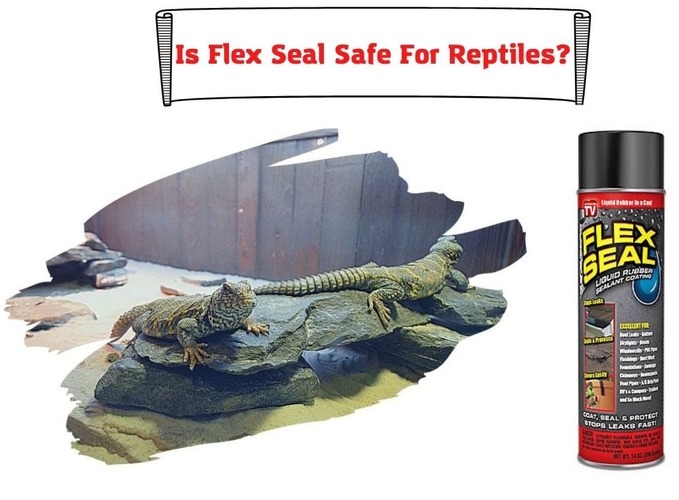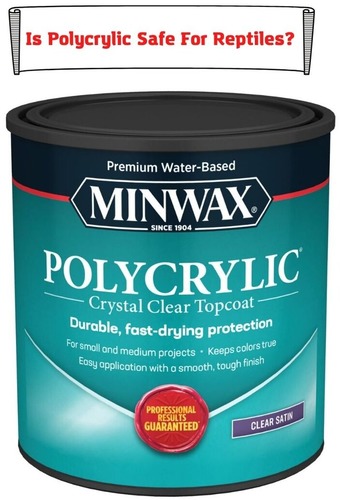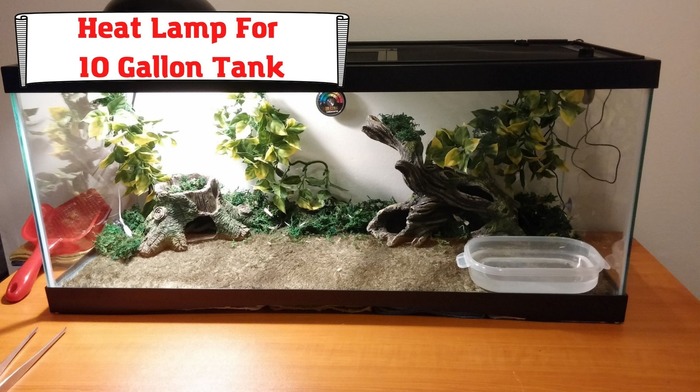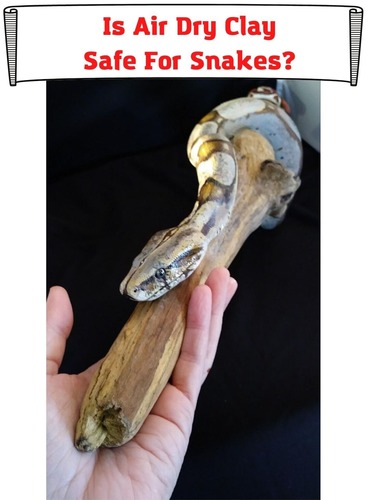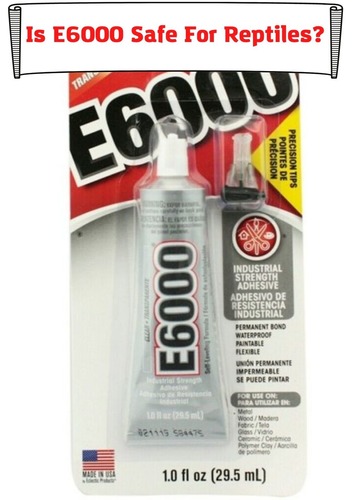
Ensuring that enclosures are safe for reptiles is just as important as building the enclosure in the first place. To firmly put an enclosure together or engage in minor safety repairs, adhesives like the E6000 are vital elements. Thus, it is important to make the necessary inquiries as to how safe an adhesive may be for your reptiles.
This article discusses the safety of E6000 for your reptiles.
After reading this enlightening piece, you will have a better understanding of how E6000 works, its dangers to your reptiles, and how to appropriately use the E6000 for the safety of your reptiles.
E6000
E6000 is an industrial standard glue mainly used in manufacturing facilities. E6000 is an adhesive that works perfectly on most surfaces and materials such as wood, metal, ceramics, glass, concrete, leather, and fiberglass.
The E6000 glue is a preferred choice amongst builders because it combines flexibility and strength. E6000 is a non-flammable glue, and this makes it excellent for application to both indoor and outdoor use.
Aside from the apparent flexibility of E6000, which we’ve discussed above, this glue is also waterproof and paintable, making it a preferred choice for crafters generally.
Possible Dangers of Using E6000 for Your Enclosures
On average, most industrial glues are made from toxic chemical substances. Hence, on average, when humans make use of these glues, it is with a certain level of health risks.
Some of the contents making up the E6000 are toxic materials like Perchloroethylene that poses immense risks to your reptiles. Increased levels of exposure to Perchloroethylene can irritate the eyes and skin of your reptiles. It can also cause respiratory complications for your reptiles.
Exposing them to Perchloroethylene for short periods can also negatively impact your reptile’s central nervous system. This could lead to your reptile experiencing a blackout and even death.
These chemical fumes emitted by the glue when it is applied can be dangerous for your reptiles if they are exposed to it for long before it fully cures. It is important to take appropriate measures to prevent the E6000 from harming your reptiles.
To help you appreciate the safety issues involved in using E600, the dangers that E6000 poses to your reptiles if you do not observe some safety precautions are discussed below.
Temporary Eye Irritation
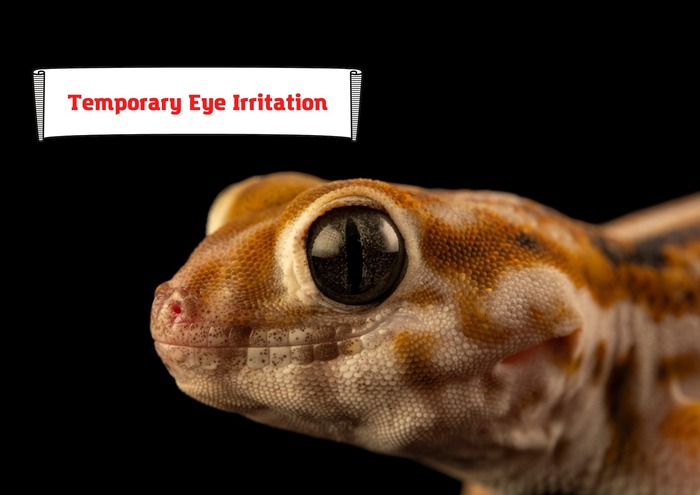
Studies on the impact of the chemical components of E6000 and many other types of glue show that overexposure to E6000 before it fully cures can cause eye irritation in the animals. It also does the same for humans. Although the irritation is usually non-permanent, it could cause problems for reptiles that depend wholly on their eyesight for many things.
Organ Breakdown
Reptiles, just like humans, also have organs that are essential for their body to function properly, organs like the lungs, kidney, esophagus, and salivary glands, with each of these organs all having key functions. The reptile does respiration activities through the lungs; oxygen is taken in and out of their body using the lungs. The essentiality of this organ makes its protection a priority for reptile owners.
Overexposure to the E6000 glue does not just pose a danger to the respiratory system of your reptiles but also to you as well. Inhaling and ingesting E6000 while it is yet to be fully cured can cause dizziness for your reptiles. It would be best to keep your reptiles away from the glue after application until it fully cures.
With their kidneys, reptiles are able to discharge waste products from their body system, regulate salt, water, and acid-base concentration in their body and produce the needed vitamins and hormones. Exposure of your reptiles to E6000 glue that is yet to be cured can cause kidney damage.
The standard practice is to keep your reptiles out of the range of the toxic fumes and only bring them close when the glue is fully cured.
Skin Complications and Injuries
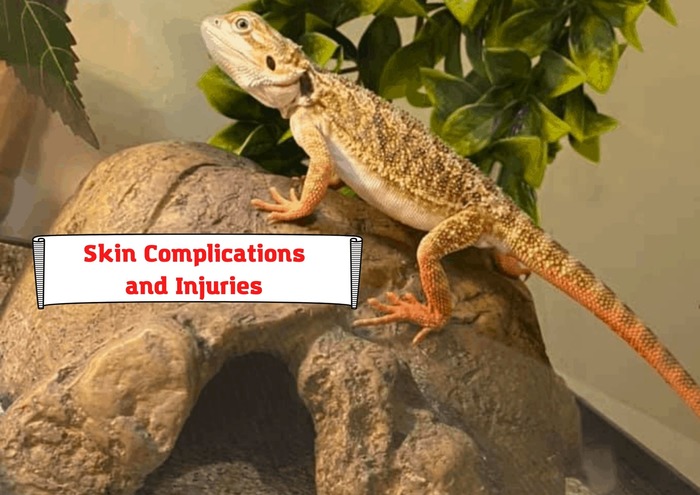
The most noticeable area of a reptiles’ skin is usually covered in dry scales. They form armor protecting the reptile. E6000 poses a threat to your reptile’s skin when you expose it to the glue before its full cycle of curing is completed.
This can lead to skin injuries at worst and can result in complications that impede the skin’s functions. Please note that if you are also overexposed to the uncured glue, you also put yourself at risk of developing skin injuries or cancer in the worst situation.
It would be best to keep your reptiles safe from the workspace during the application. It would also help to work with protective gloves.
Ensuring the Safety of Your Reptiles While Using E6000
When using E6000 to make your reptile enclosure, it is necessary to follow application guidelines on the pack. This will help keep not just your reptile but you as well safe.
The E6000 glue has a cure time range of 24 to 72 hours. However, it is advised that you allow 72 hours maximum cure time to avoid taking any risks. E6000 might become tacky, dry, and strong minutes after application. This doesn’t translate to it being cured. To ensure that the E6000 is safe for your reptiles, you must observe the full cure cycle. It would be best not to confuse the dryness with curing.
Working in an adequately ventilated workspace is important to avoid the negative impact of the toxic fumes of the adhesive before it fully cures. This will further reduce the risk that your reptiles will be at during the application period. With proper ventilation, you might still need to wear at least a half mask to protect yourself properly.
Therefore, keeping your reptiles away from the glue is important until it is cured. After fully cured, your reptile enclosure would be safe because E6000 is not dissolvable when dried and, as such, cannot be ingested by reptiles at that point.
Choosing The Right Glue
E6000 is a great adhesive for quick fixes and builds. Although some glues may contain extremely high levels of volatile organic and chemical components, some glues work well with lesser toxic components and are a great choice for your reptile enclosures. There are many out there in case you do not have access to the E6000.
The most important thing to note is that all these adhesives are unsafe during the period before they are fully cured. It would be best not to expose your reptiles to the enclosure in that period. It would also help to keep your reptiles away from the work area.
The size of the fixes does not matter. It is immaterial that the amount used is only small so the reptile can be inside the enclosure. That would be pushing your luck.
Appropriately Using the E6000
The E6000, as we have discussed above, is dangerous if it is not used appropriately. The danger consists mostly in exposure to the chemical before it is fully cured. Also, inappropriately applying the glue could cause safety issues for your reptiles. To make it safe, it would be best to know how to appropriately apply E6000. Below is a quick guide:
- Ensure to wipe all surfaces clean, dry, and free of dirt. You may lightly roughen the surface for excellent results before applying the glue. Again, the sanding of the surface may expose tiny particles in the air. It would be best to keep your reptiles out of the workspace range to avoid the wood dust causing vision problems for them.
- After roughening the surfaces, you may go ahead to puncture the seal in the neck of the tube using its pointer cap. Screw precision tip into the top of the tube cap. You may replace it with a fresh tip as needed.
- The suitable application temperature range is 50 to 90 ºF (10 to 32 ºC). But fully cured E6000 can intermittently withstand temperatures from -40 to 180 ºF (-40 to 82 ºC).
- It would be best to apply directly to surfaces to be bonded or repaired for impressive results.
- Allow up to 72 hours for curing. Depending on materials and temperature, maximum bond strength may not be reached for up 48 to 72 hours. Although 24 hours is generally recommended, it would be best to allow it fully cure for 72 hours for the safety of your reptiles.
- You may need to reuse the glue for future repairs. The glue may stick and make that impossible. To easily remove the lid for future use, apply a thin coat of petroleum jelly to the tube’s threads before replacing the cap. This will prevent the glue from bonding the lid to the neck of the tube.
Bottom Line
Adhesives are important for quick fixes and extensive repairs. But using it in an enclosure that features life has its challenges. For a reptile keeper, the safety of the reptile is important. The risks associated with E6000 and many other types of glue are met within the duration before the glue is fully cured. To help your reptiles avoid the dangers of the glues, it would be best to apply them appropriately and observe the cautions discussed above.
- Dubia Roach Egg Sack: How To Understand if It’s Healthy? - January 2, 2023
- How To Feed African Dwarf Frog While on Vacation? - December 26, 2022
- Baytril for Bearded Dragon: Here’s What You Should Know - December 19, 2022
